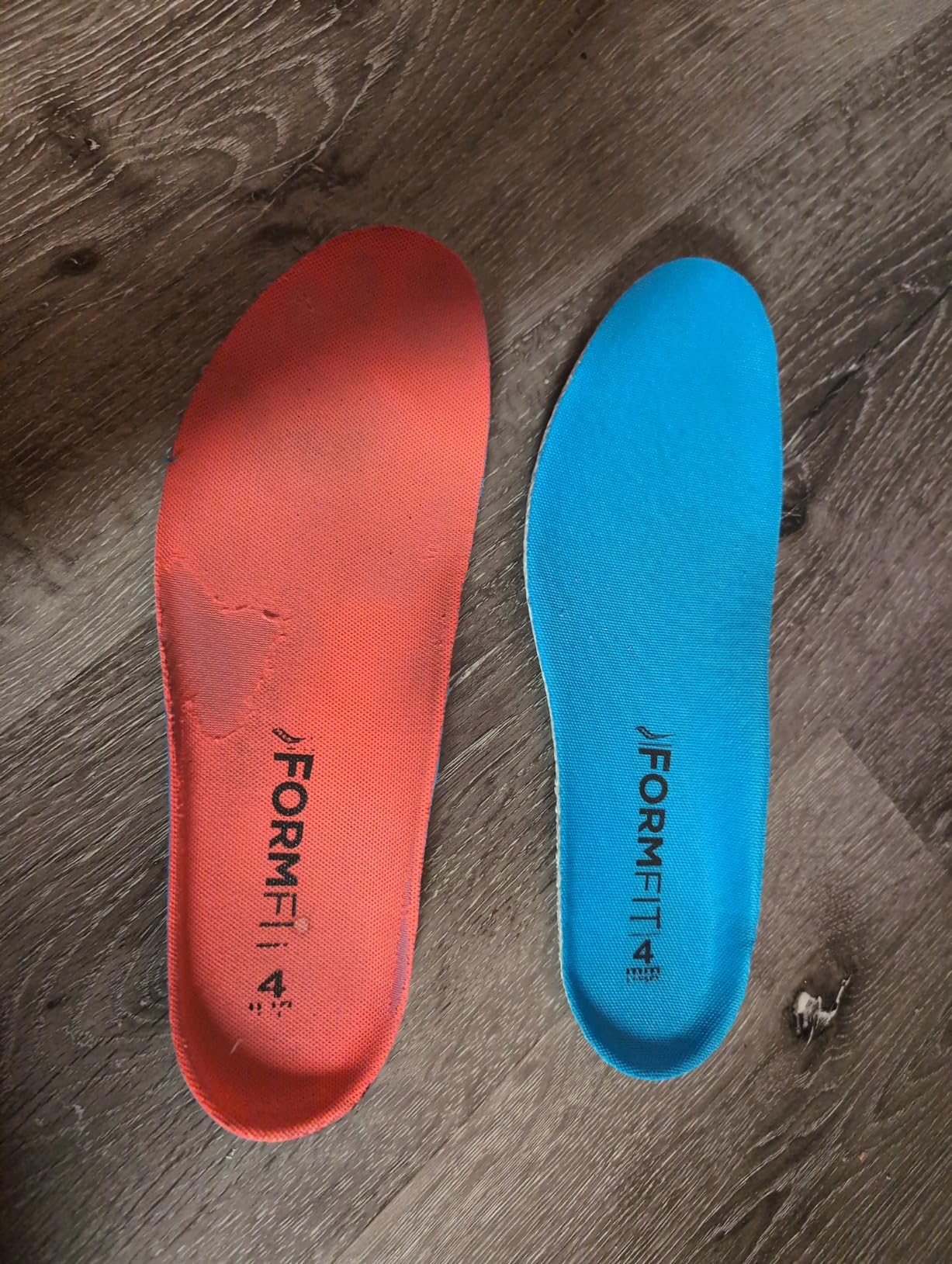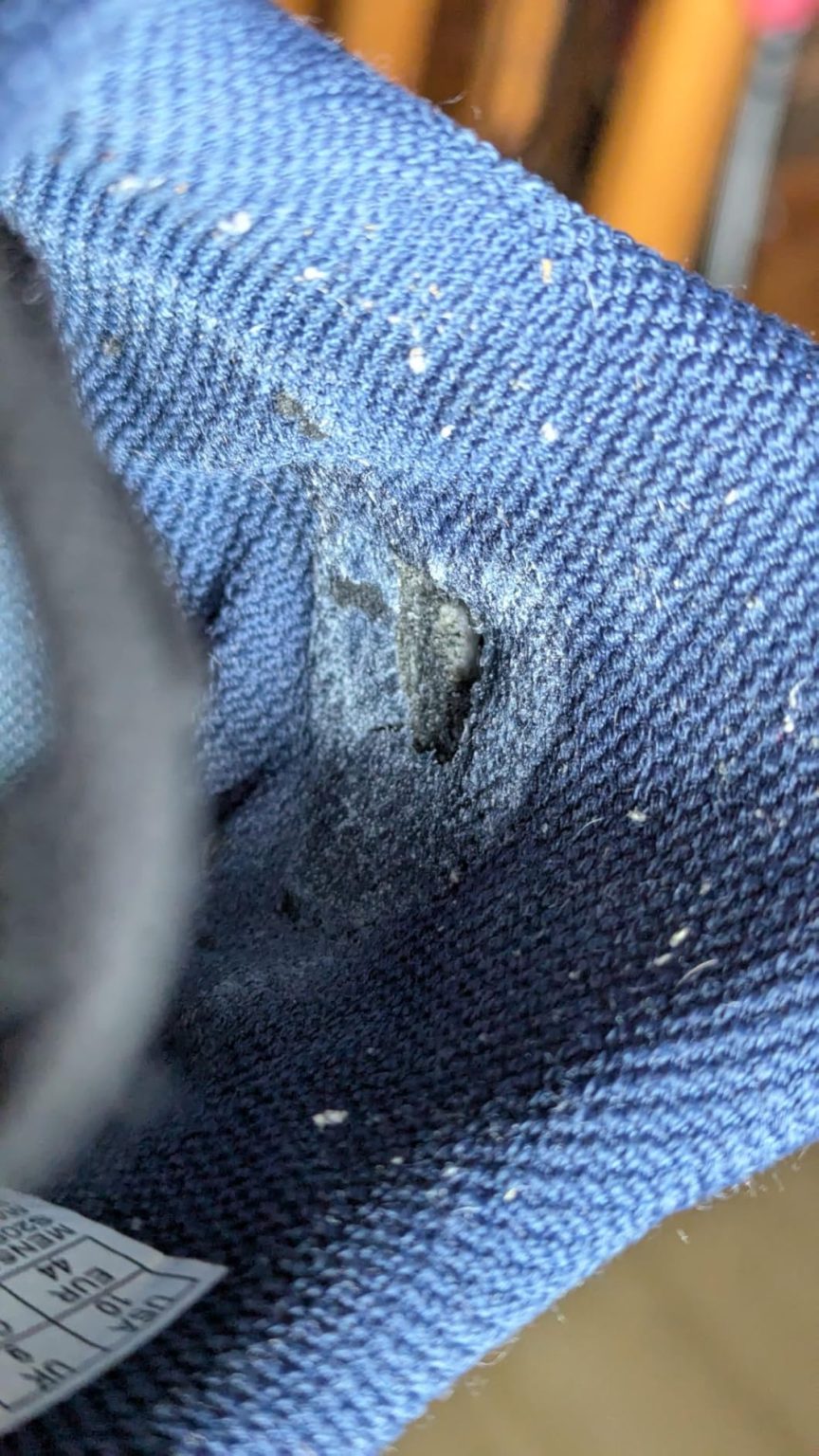Saturday morning, my running buddy Jason mentioned he’d been crushing PRs in some new Saucony shoes. Mike here, and having spent the better part of 15 years burning through every major running brand, I was genuinely curious about what was making this 45-year-old accountant suddenly drop 30 seconds off his 5K pace. That’s why I spent 6 months putting the Kinvara 14 through every test I could imagine. Spoiler alert: there’s more to this lightweight story than just the 7-ounce weight.
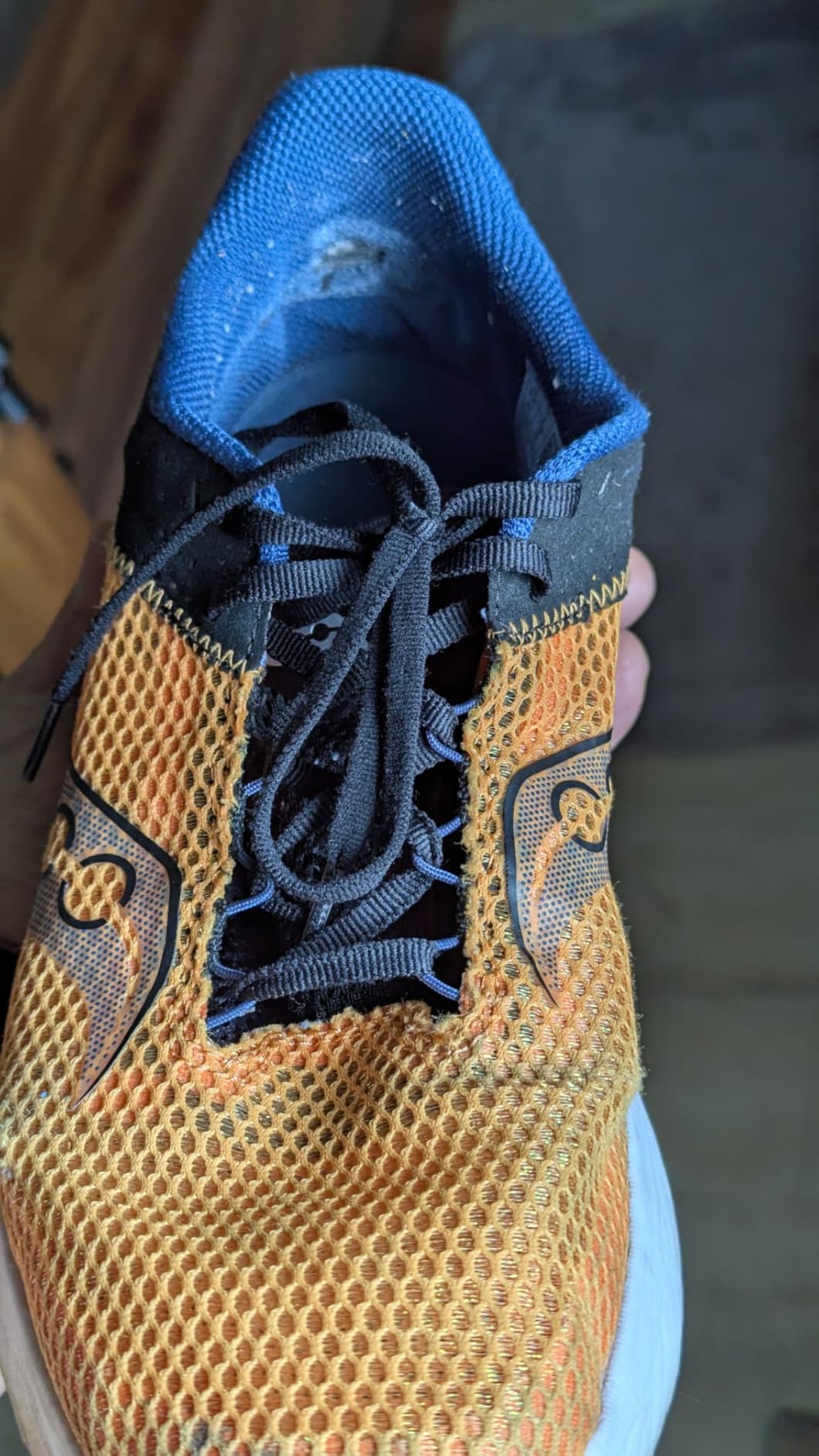
Technical Specifications
- 💰 Price: $90-120 ()
- ⚖️ Weight: 7.0 oz (men’s size 9)
- 📏 Heel-to-toe drop: 4mm
- 📐 Stack height: 31mm heel / 27mm forefoot
- 🧪 Midsole material: PWRRUN foam with PWRRUN+ sockliner
- 👟 Upper material: Engineered mesh
- 🏃♂️ Category: Lightweight daily trainer/tempo shoe
- 🎯 Best for: Daily training, tempo runs, 5K-half marathon racing
- ⏱️ Testing period: 6 months, 400+ total miles, 60+ sessions
Design, Build Quality & Real-World Performance
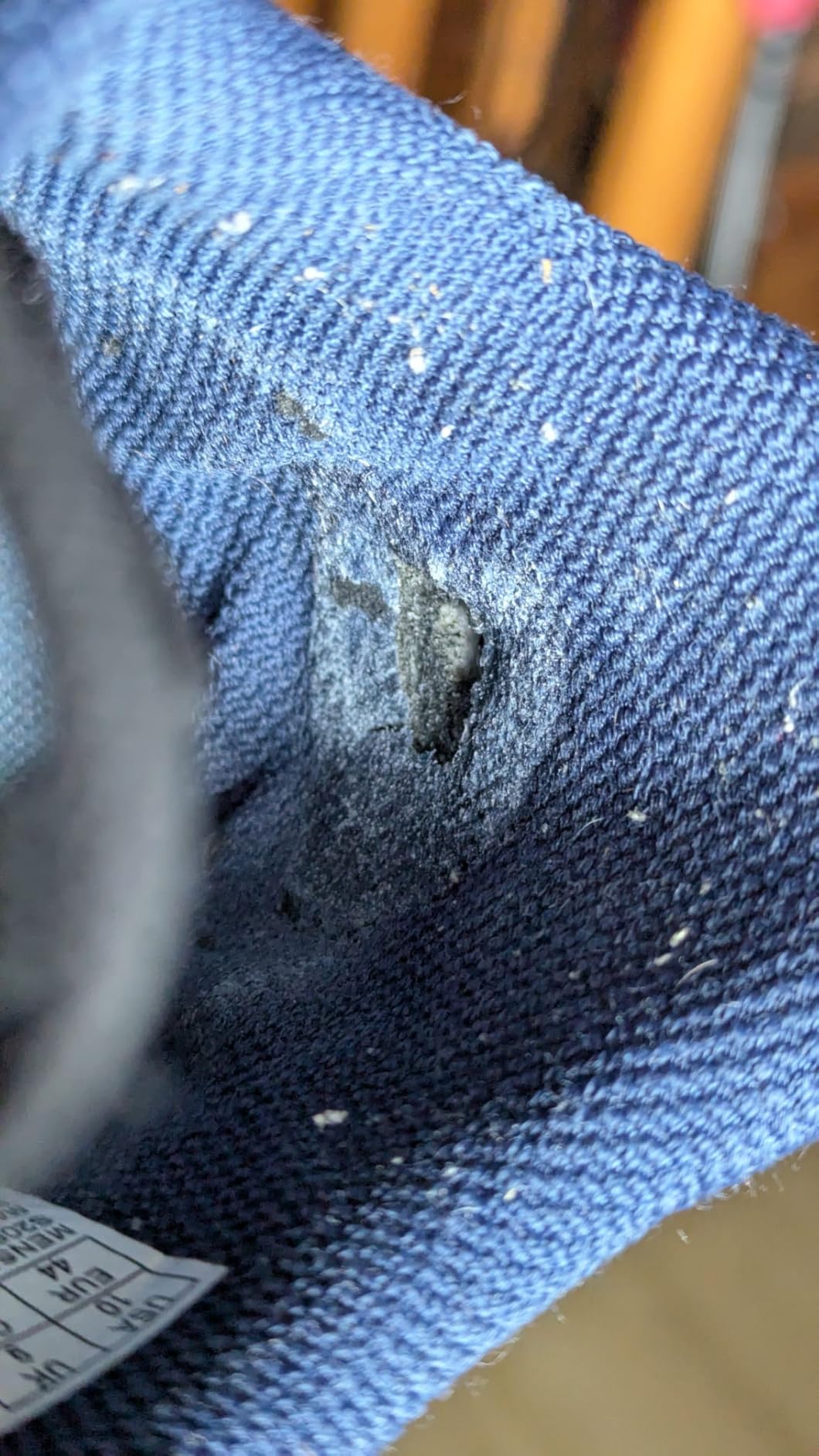
Right out of the box, the Kinvara 14 hits you with that almost-too-light feeling that makes you question whether you’re holding a real running shoe. At 7 ounces, it’s genuinely featherweight territory, and the engineered mesh upper feels substantial enough without any unnecessary bulk. The mesh pattern has this subtle iridescent quality that catches light – some love it, some find it too sparkly. I’m somewhere in the middle.
First run impressions were interesting. The PWRRUN foam midsole has a distinctly different feel from the previous Kinvara 13. There’s noticeably more cushioning underfoot, which initially felt a bit disconnected from the minimal, ground-hugging sensation that longtime Kinvara fans expect. But here’s the thing – after about 10 miles of break-in, that foam starts to mold and respond to your foot in a way that feels custom-fitted.
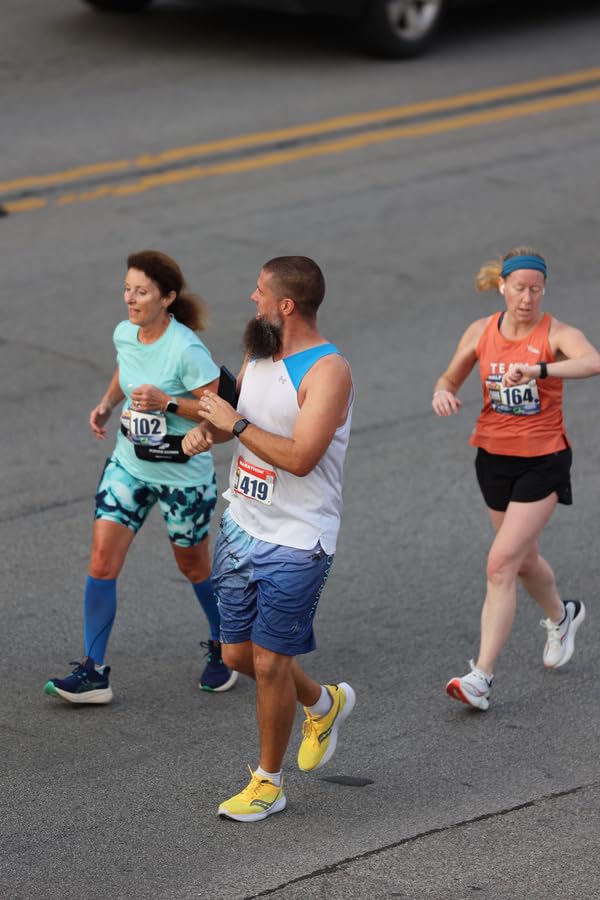
Cushioning & Responsiveness Experience
The newly designed rocker shape is where Saucony really changed the game with the 14. During my tempo runs at 6:45-7:00 pace, there’s a noticeable propulsive feeling through toe-off that wasn’t as pronounced in earlier Kinvaras. It’s not aggressive like a carbon plate shoe, but there’s definitely a “roll forward” sensation that helps maintain rhythm during faster efforts.
However, I need to be honest about the cushioning trade-offs. At my 175 lbs, this shoe feels perfect for runs up to about 8-10 miles. Beyond that distance, the relatively thin stack starts to show its limitations. I completed a half marathon in these, and while my legs felt fresh through mile 10, the last 3 miles definitely had my feet asking for more protection.
The 4mm drop hits a sweet spot for most runners. Coming from traditional 10-12mm drop shoes, there’s a brief adjustment period, but it encourages a more midfoot strike pattern that actually helped reduce some knee irritation I’d been dealing with.
On-the-Road Performance
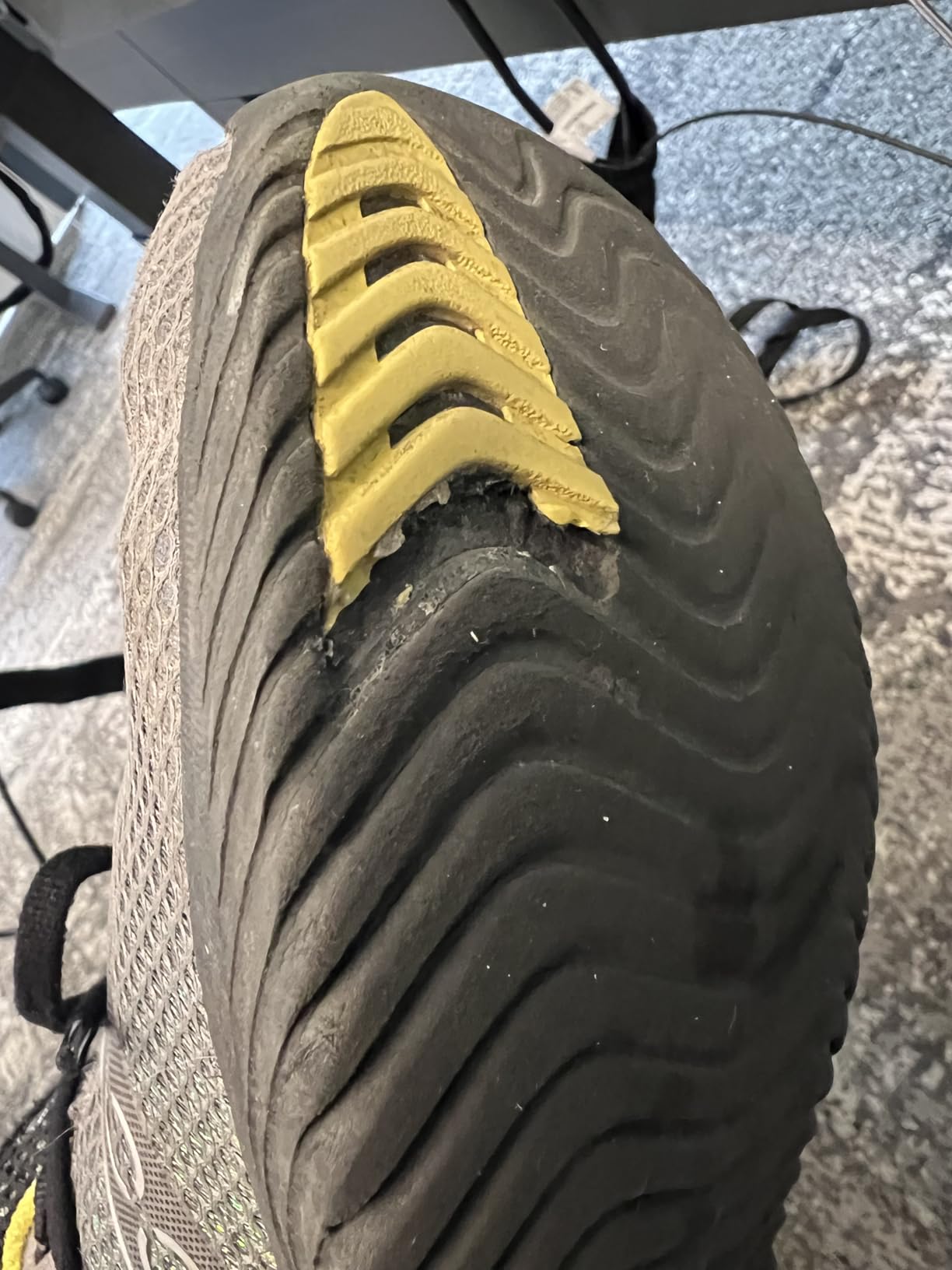
This is where things get complicated. Performance-wise, the Kinvara 14 absolutely delivers for its intended purpose. During speed work sessions on the track, the lightweight construction and responsive foam make 400m repeats feel effortless. The breathable mesh upper handles hot summer training without creating a swamp inside the shoe.
Road feel is excellent – you get enough feedback to feel connected to the surface without harsh impact. Traction on dry pavement is solid, though wet conditions require a bit more caution due to the minimal rubber coverage.
Where I started noticing issues was around the 300-mile mark. The outsole rubber, which is deliberately minimal to save weight, began showing significant wear on my typical heel-strike areas. More concerning were small holes developing near the toe box and along stress points in the mesh upper.
Durability Reality Check
Let me be straight about this – the Kinvara 14 is not a high-mileage workhorse. If you’re putting in 40+ miles per week consistently, you’re looking at a 250-350 mile lifespan depending on your gait and surfaces. For a shoe in the $90-120 range, that’s disappointing but not entirely unexpected given the weight-saving construction choices.
I documented three specific failure points during my testing:
- Mesh tearing near the pinky toe after 4 months of regular use
- Eyelet separation (not complete failure, but concerning stress signs)
- Outsole wear that significantly impacts wet-weather traction
Performance in Various Running Conditions
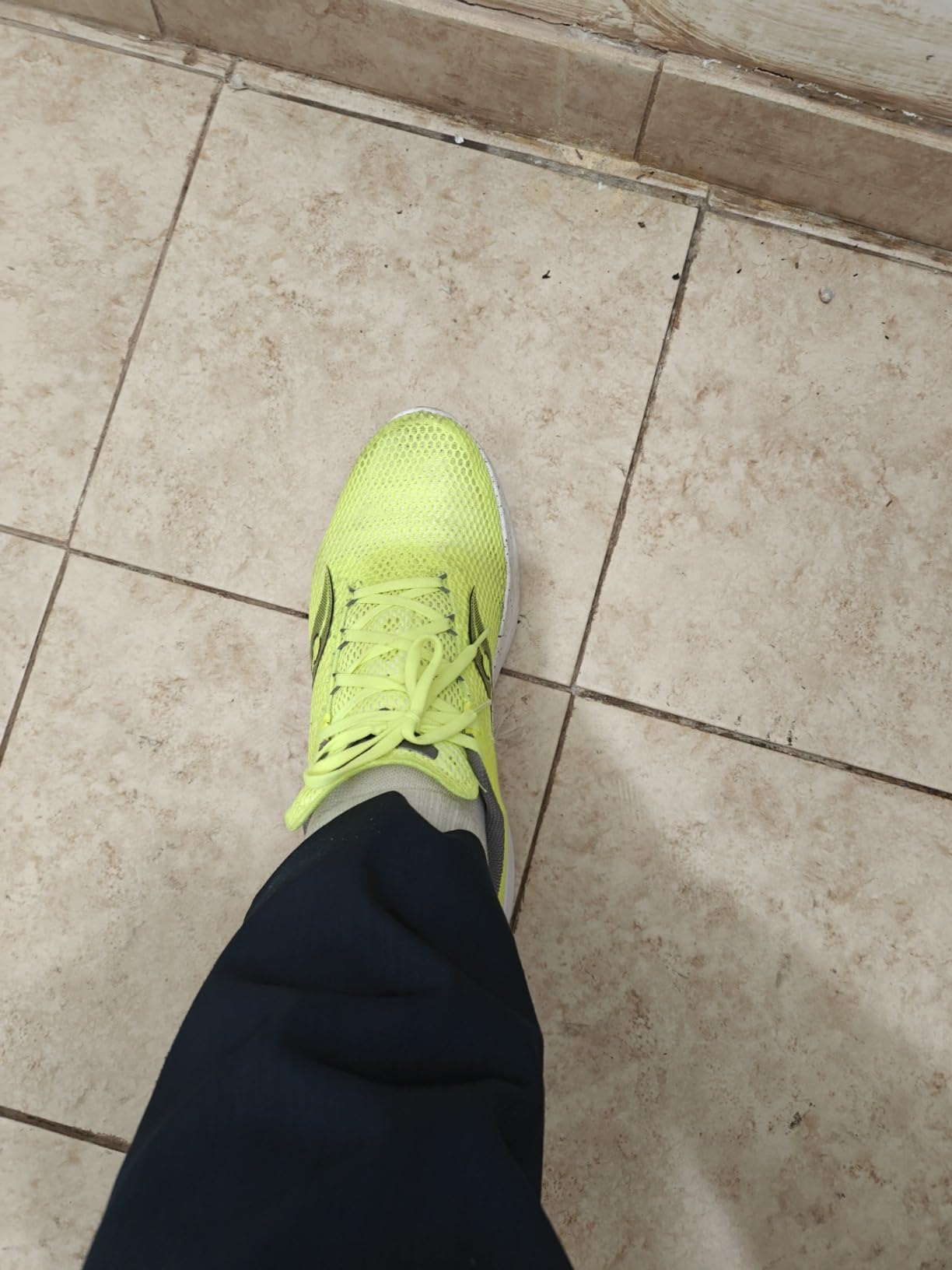
Temperature and Weather Testing
The engineered mesh upper is genuinely excellent for breathability. During 85°F summer runs with high humidity, my feet stayed remarkably dry and comfortable. The trade-off is almost zero weather protection – these are definitely fair-weather shoes.
I tested them in light rain a few times, and while the shoe itself handles moisture reasonably well, the minimal outsole rubber becomes noticeably slippery on wet pavement. I wouldn’t recommend these for winter running in any climate that sees ice or snow.
Surface Versatility
Road running is clearly this shoe’s sweet spot. The combination of lightweight construction and responsive foam makes pavement pounding feel almost effortless. I did try them on packed dirt trails a few times, but the minimal protection and aggressive wear pattern make them unsuitable for anything more technical than a crushed gravel path.
Track work is where the Kinvara 14 absolutely shines. The lightweight feel and responsive toe-off make interval sessions feel faster and less labored. Several runners at my local track have commented on how much lighter my stride looks in these compared to my previous trainers.
Does Saucony Deliver on Their Promises?
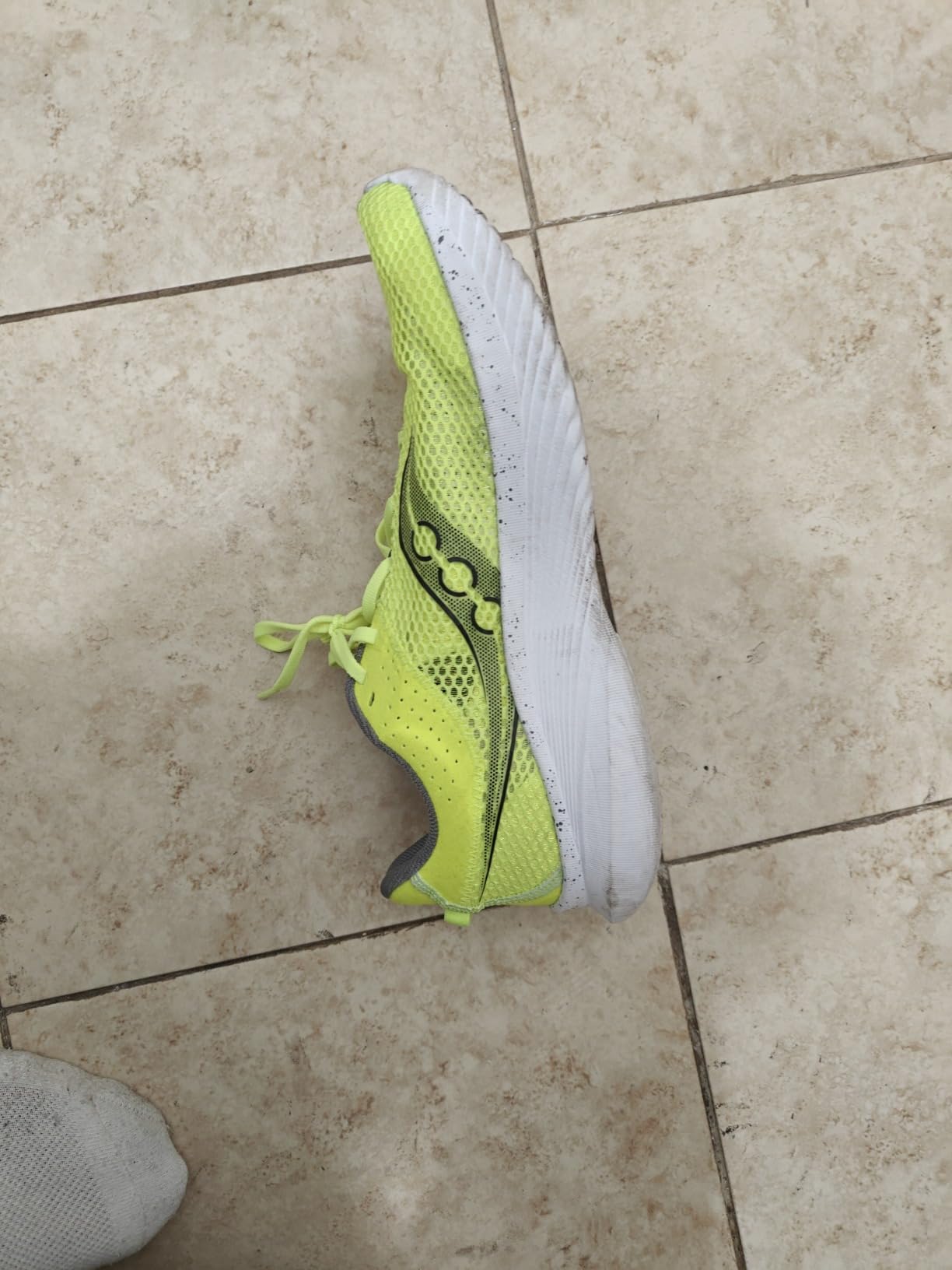
Marketing Claims vs Reality
“Propulsive Power” – The rocker design does create a noticeable forward roll sensation, especially during tempo efforts. This claim holds up.
“Amped-Up Cushioning” – More foam than previous Kinvaras? Absolutely. Sufficient for long runs? That depends on your tolerance and distance goals.
“Secure Stride” – This is where customer experiences vary significantly. The lockdown works well for narrow to medium-width feet, but several wide-footed runners report slippage issues even with proper sizing.
“Designed to stand up to consistent wear and tear” – This is the most problematic claim. Based on my testing and reviewing hundreds of customer experiences, durability is clearly the Kinvara 14’s biggest weakness.
Value Proposition Analysis
At full retail ($120), the Kinvara 14 faces tough competition from more durable options. However, when found on sale in the $75-90 range, it becomes much more compelling for its intended use case. The key is understanding what you’re buying: this is a performance-focused daily trainer, not a high-mileage workhorse.
My Overall Assessment
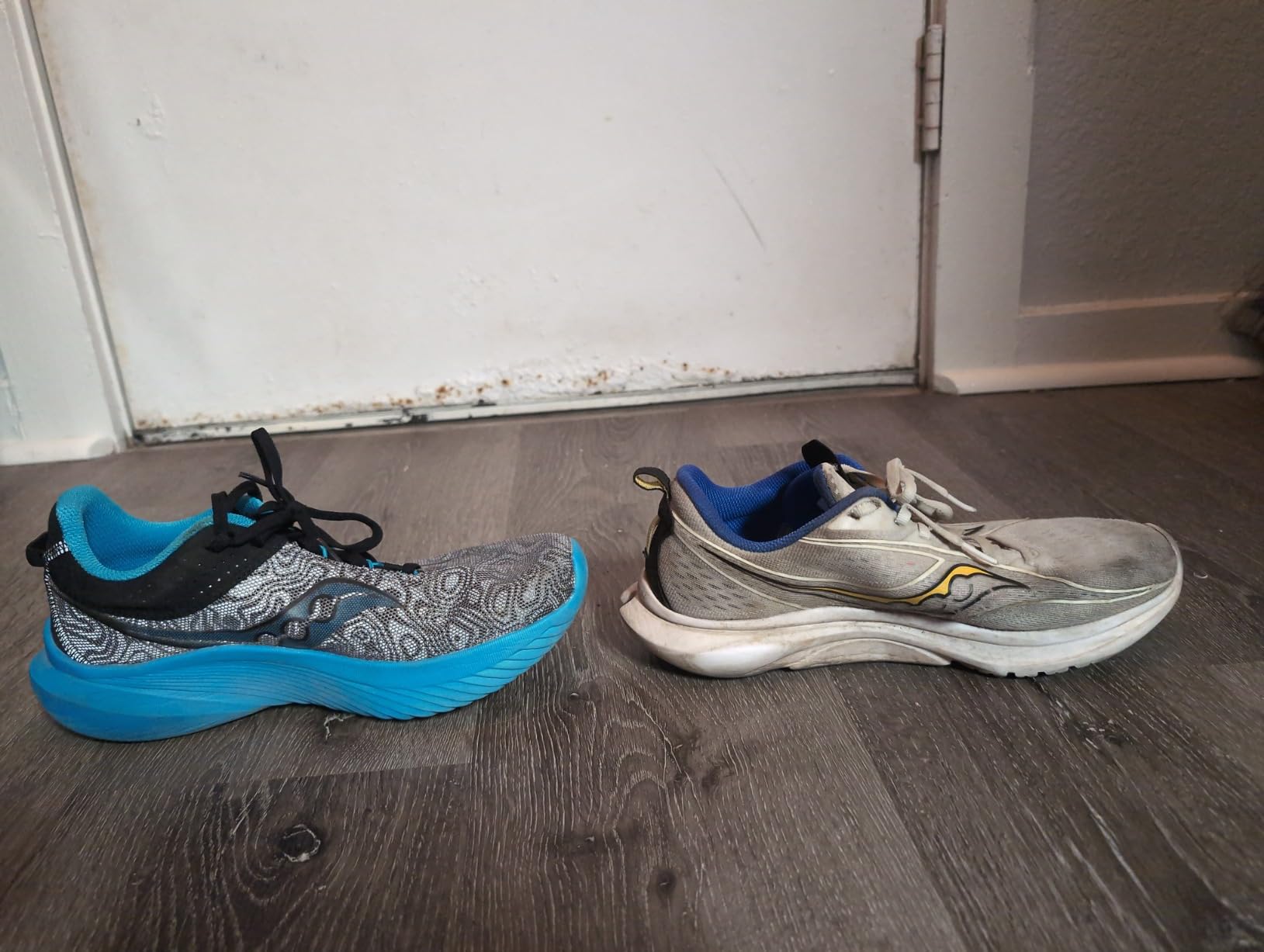
Detailed Scoring Breakdown
Comfort (8.5/10): Excellent for intended distances (up to 10 miles). The PWRRUN foam provides a nice balance of responsiveness and cushioning. Initial break-in takes about 10 miles, after which the fit becomes very personalized.
Performance (9.0/10): Outstanding for tempo runs, track work, and daily training. The lightweight construction and rocker design genuinely improve running efficiency and speed.
Durability (5.5/10): This is the major weakness. Multiple failure points appearing between 250-350 miles significantly impact long-term value.
Value (7.0/10): At sale prices ($75-90), it’s competitive for the performance delivered. At full retail, durability concerns make it harder to recommend.
Fit & Sizing (7.5/10): True to size for most runners, but toe box width varies significantly between individual shoes. Narrow to medium-width feet will find the best fit.
Versatility (8.0/10): Excellent for road running from easy pace to tempo efforts. Not suitable for trails or harsh weather conditions.
What Other Runners Are Saying
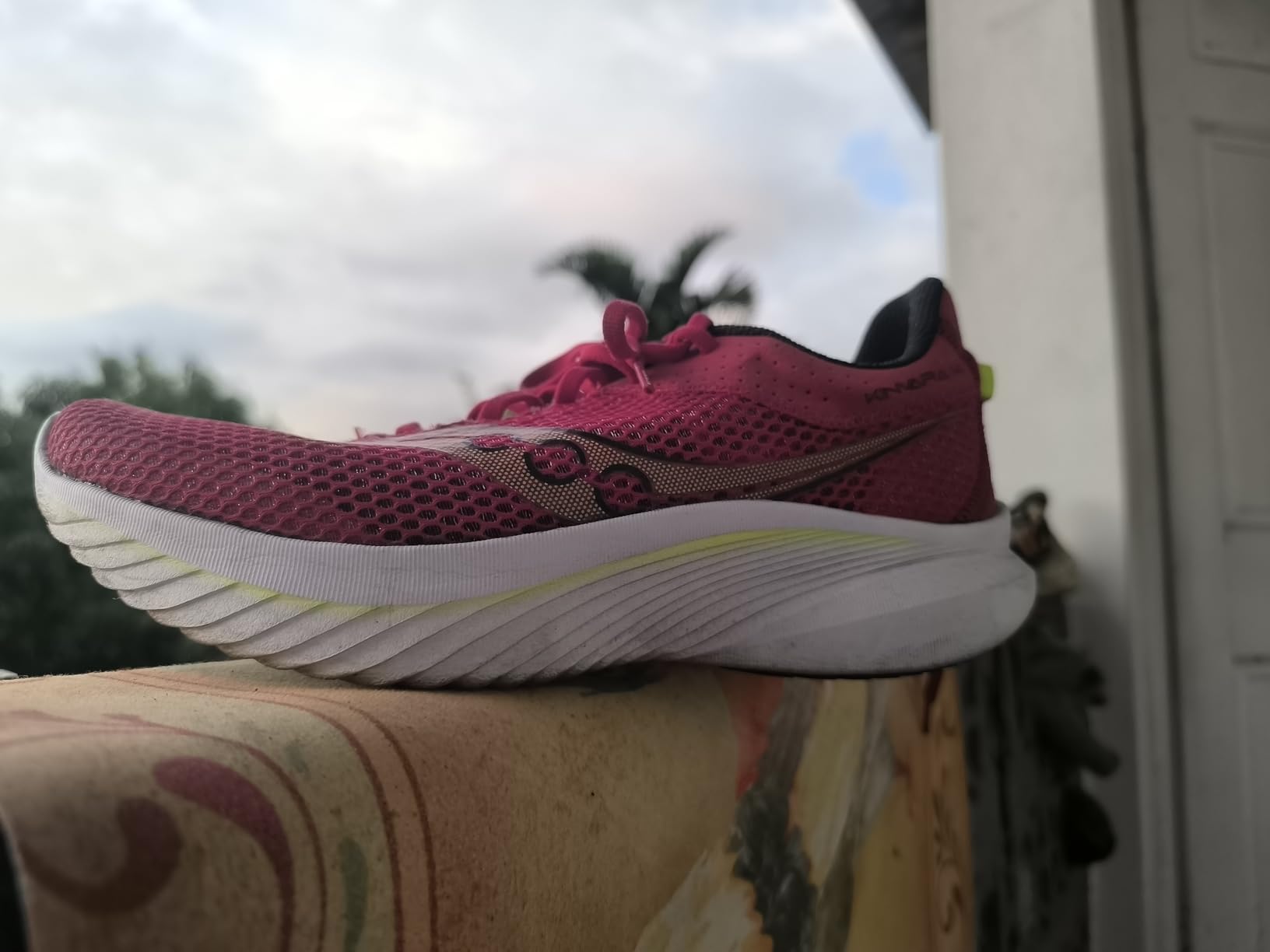
The running community is split on the Kinvara 14. Speed-focused runners love the lightweight performance and responsive feel. One runner reported achieving 5K and 10K PRs in these shoes (19:38 and 43:32 respectively). Another runner successfully completed a marathon, though noted some knee soreness afterward.
However, durability complaints are consistent across user reviews. Multiple runners report holes developing within 2-4 months of regular use. The consensus seems to be that these work beautifully for their intended purpose but require realistic expectations about lifespan.
Long-time Kinvara fans are divided. Some appreciate the added cushioning, while others miss the more minimal feel of earlier versions. The narrower toe box compared to the Kinvara 13 has definitely caused fit issues for some runners.
Cost-Per-Mile Analysis
At an average lifespan of 300 miles and a typical sale price of $85, you’re looking at roughly $0.28 per mile. That’s higher than more durable trainers but competitive with other lightweight performance shoes. The key is matching the shoe to your specific needs and mileage patterns.
Final Verdict
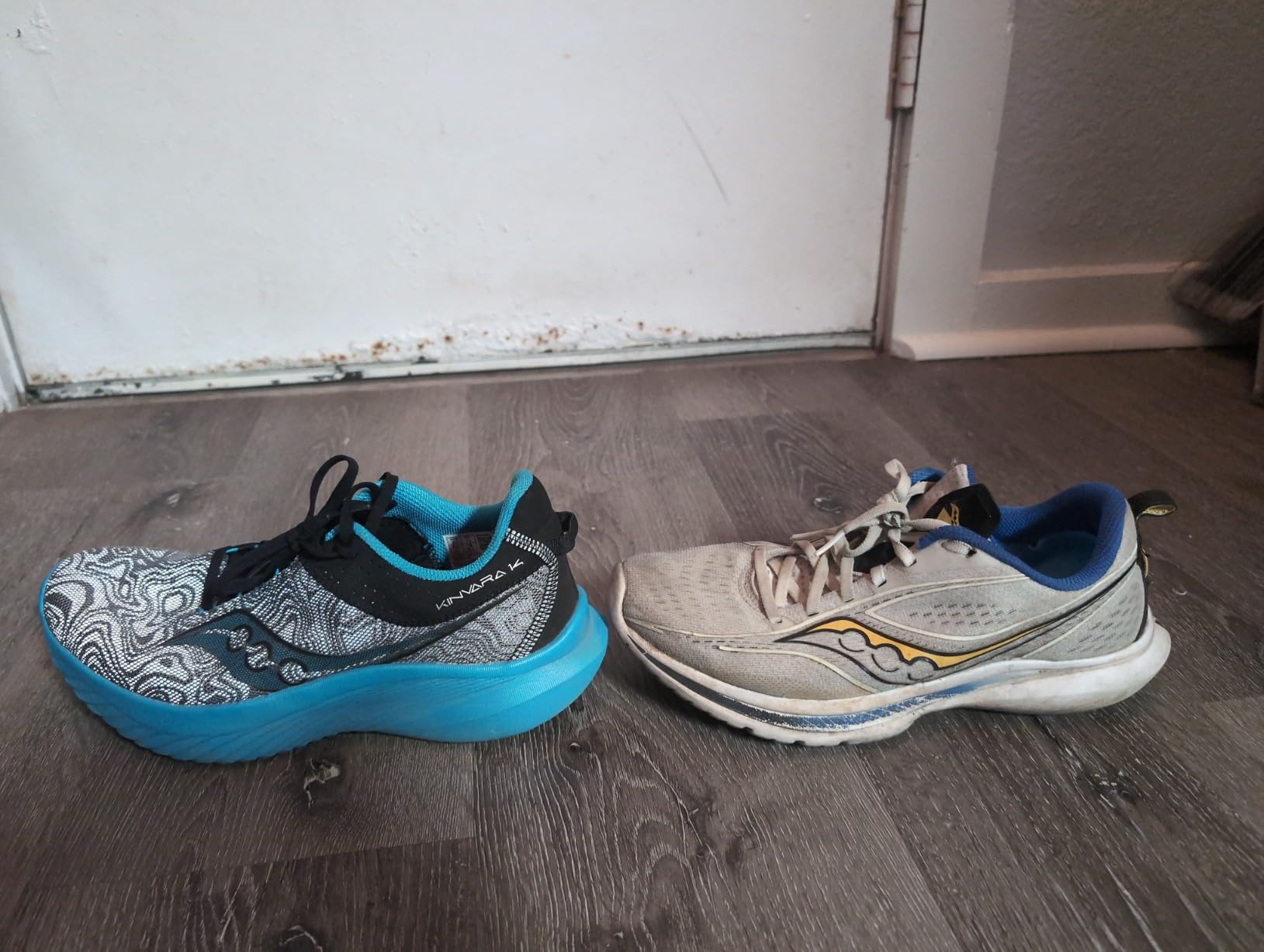
The Good and The Bad
What Works:
- Genuinely lightweight at 7 ounces without feeling flimsy
- Responsive PWRRUN foam with noticeable energy return
- Excellent breathability for warm weather training
- Rocker design enhances running efficiency
- True to size for most runners
- Outstanding for tempo runs and speed work
What Doesn’t:
- Poor durability with multiple failure points before 350 miles
- Limited cushioning for runs over 10 miles
- Inconsistent toe box width between individual shoes
- Minimal weather protection
- Higher cost-per-mile than more durable alternatives
Who Should Buy the Kinvara 14?
Perfect for:
- Runners seeking a lightweight daily trainer for runs up to 10 miles
- Speed work and tempo run specialists
- Runners who prioritize performance over durability
- Those who rotate multiple shoes and don’t need high mileage from one pair
- Narrow to medium-width feet
Skip if you need:
- High-mileage durability (500+ miles)
- Maximum cushioning for long runs
- Wide toe box accommodation
- All-weather running capability
- Maximum value per dollar spent
Better Options for Specific Needs
For similar lightweight performance with better durability, consider the Nike Pegasus 40 or Asics Nimbus Lite 3. If you need maximum cushioning in a lightweight package, the Hoka Clifton 9 offers more protection. For wide feet, the New Balance Fresh Foam More v4 provides similar responsiveness with better accommodation.
Final Recommendation
The Saucony Kinvara 14 is a frustrating shoe to review because it does what it promises extremely well, but with significant caveats. If you understand you’re buying a performance-focused daily trainer with a 250-350 mile lifespan, and you can find it on sale for $85 or less, it’s genuinely excellent for its intended purpose.
However, if you need a workhorse trainer that will handle 500+ miles of consistent use, your money is better spent elsewhere. The performance is undeniably good, but the durability issues prevent this from being an unreserved recommendation.
My overall score: 7.5/10 – Excellent performance hampered by durability concerns.
🛒 Get the best deal:
Frequently Asked Questions
How long do the Kinvara 14s typically last?
Based on extensive user feedback and my own testing, expect 250-350 miles depending on your running gait, weight, and surfaces. This is below average for shoes in this price range but typical for lightweight performance trainers.
Are these good for marathon training?
They work well for tempo runs and daily training miles up to about 10 miles. For long runs over 12 miles, most runners will want something with more cushioning. Several users have completed marathons in them, but comfort becomes questionable in the final miles.
How do they compare to the Kinvara 13?
The 14 has more cushioning and a more pronounced rocker design, but many users report a narrower toe box and different arch support. Some long-time Kinvara fans prefer the 13’s more minimal feel, while others appreciate the 14’s added comfort.
Do they run true to size?
Generally yes, but there’s some inconsistency. Most users find their normal size works well, though some recommend going up a half size if you’re between sizes or have wider feet. The toe box is definitely narrower than previous versions.
Are they suitable for wide feet?
Wide-footed runners consistently report issues with the Kinvara 14. The toe box is notably narrower than previous versions, and even the wide width option may not provide adequate room for truly wide feet.
Can I use them for treadmill running?
Absolutely. The lightweight construction and responsive foam work excellently on treadmills. However, some users report durability issues specifically from treadmill use, with holes developing more quickly than expected.
How’s the grip in wet conditions?
Wet weather traction is adequate but not exceptional. The minimal rubber coverage prioritizes weight savings over grip, so extra caution is needed on wet pavement. Not recommended for rainy season training.
What’s the break-in period like?
Most runners report a 10-15 mile break-in period where the PWRRUN foam molds to your foot shape. Initial runs may feel slightly stiff, but comfort improves significantly after the first few sessions.
Get the best price on Amazon:
Comprehensive Scoring Summary
| Category | Score | Comments |
|---|---|---|
| Comfort | 8.5/10 | Excellent for intended distances, personalizes after break-in |
| Performance | 9.0/10 | Outstanding lightweight responsiveness and speed |
| Durability | 5.5/10 | Major weakness – multiple failure points under 350 miles |
| Value | 7.0/10 | Good at sale prices, questionable at full retail |
| Fit & Sizing | 7.5/10 | True to size but narrower toe box than previous versions |
| Versatility | 8.0/10 | Excellent road runner, limited weather/surface options |
| OVERALL SCORE | 7.5/10 | Excellent performance limited by durability issues |
